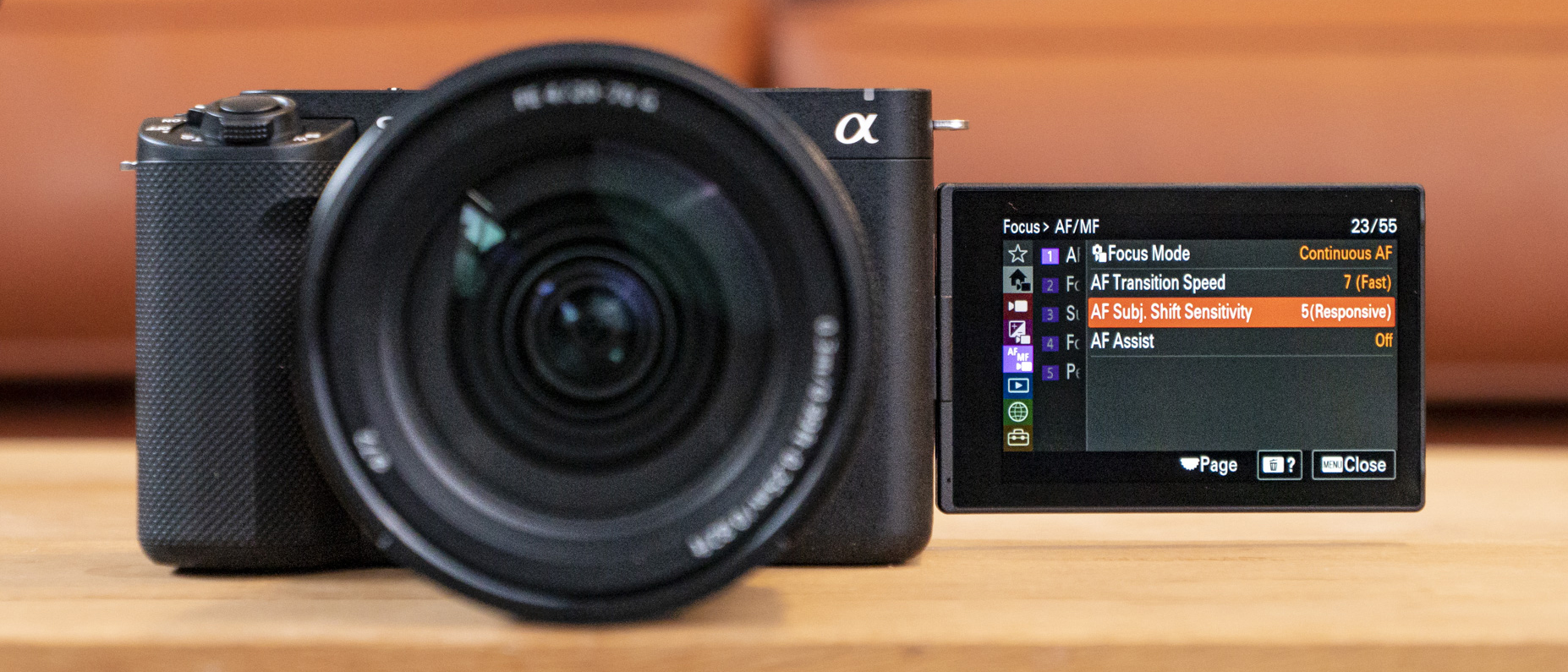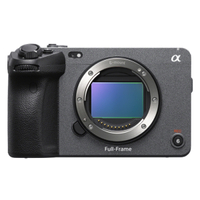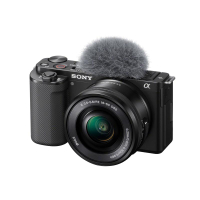TechRadar Verdict
The tiny Sony ZV-E1 is the most capable ‘vlogging’ camera available, and is overkill for most content creators, but it will likely surface on more serious video productions too, thanks to its clean 4K video image quality in any light, plus superb in-body image stabilization and autofocus. It also offers a simple control layout, and AI smarts that make life easy for modest crews, and hint at how cameras are likely to evolve.
Pros
- +
Cheapest way to get the Sony A7S III sensor
- +
Makes high-quality vlogging as simple as possible
- +
Great for handheld videos
Cons
- -
Single SD card slot restricts video capabilities
- -
Not a camera for heavy video use
- -
Smart AI features are buried in menus
Why you can trust TechRadar
Sony ZV-E1: Two-minute review
The Sony ZV-E1 is a video-centric full-frame camera that brings together multiple worlds; the simple handling of Sony's ZV range of cameras designed for vlogging and content creators, with a sprinkling of Sony cine camera grunt and Sony's best quality consumer-level 4K video. As such, it’s set to be the best vlogging camera around, even if it’s a little overkill for most people.
With a few additional AI tricks up its sleeve, too, the Sony ZV-E1 is further proof that AI is evolving how our cameras work. The integration of AI-powered features includes Auto Framing, which crops into the full image and then intelligently tracks your subject as they move around within that full image area, giving the perception that the camera is human-operated. Super-smart stuff.
If you don’t mind attaching an external monitor like an Atomos Ninja V to what is an otherwise tiny camera, then dual recording of the cropped Auto Framing image and the full image area is possible, too, effectively giving you two files with the perception of two cameras on set.
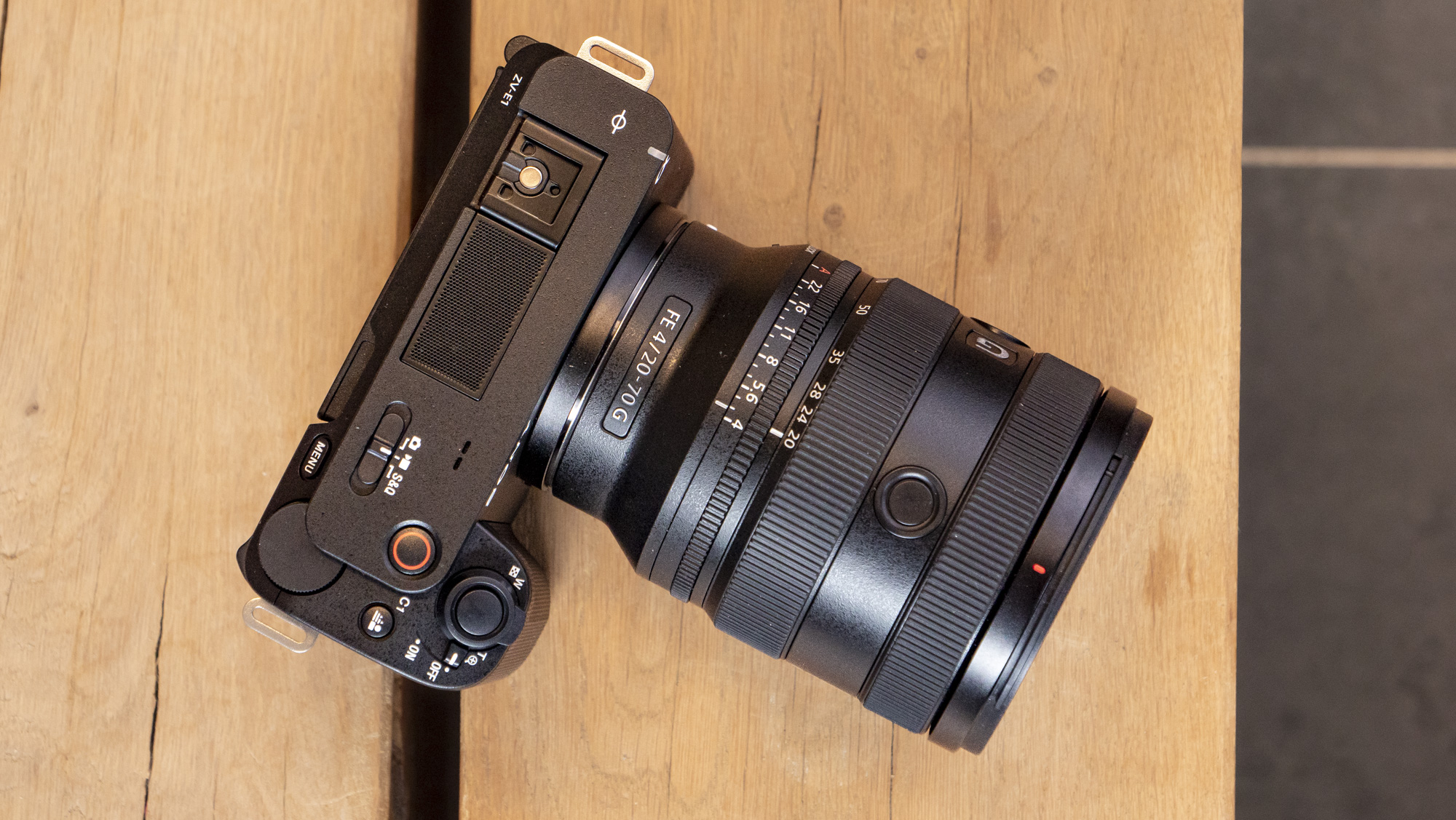
Auto Framing is such a neat trick that I can see modest crews using it to add value to productions, simplify the shooting setup and speed up workflow in post. Otherwise, the ZV-E1 only has a single SD card slot, which will put off serious filmmakers that demand the peace of mind that comes from simultaneously recording onto two cards.
And the same AI chipset that powers the Sony A7R V also powers enhanced subject detection autofocus in the ZV-E1, which includes humans, animals, birds, insects, and vehicles, and can track subjects even with their back turned to the camera. It really does work.
A supercharged ‘dynamic’ image stabilization ups the ante over Sony’s ‘active’ image stabilization. It crops more heavily into the image at around 2x, but provides some of the smoothest handheld footage I’ve seen outside of using a gimbal, provided you’re shooting with a wide-angle lens. Again, a feature that makes life on set simpler, and marks the ZV-E1 as a supreme camera for creating handheld videos.
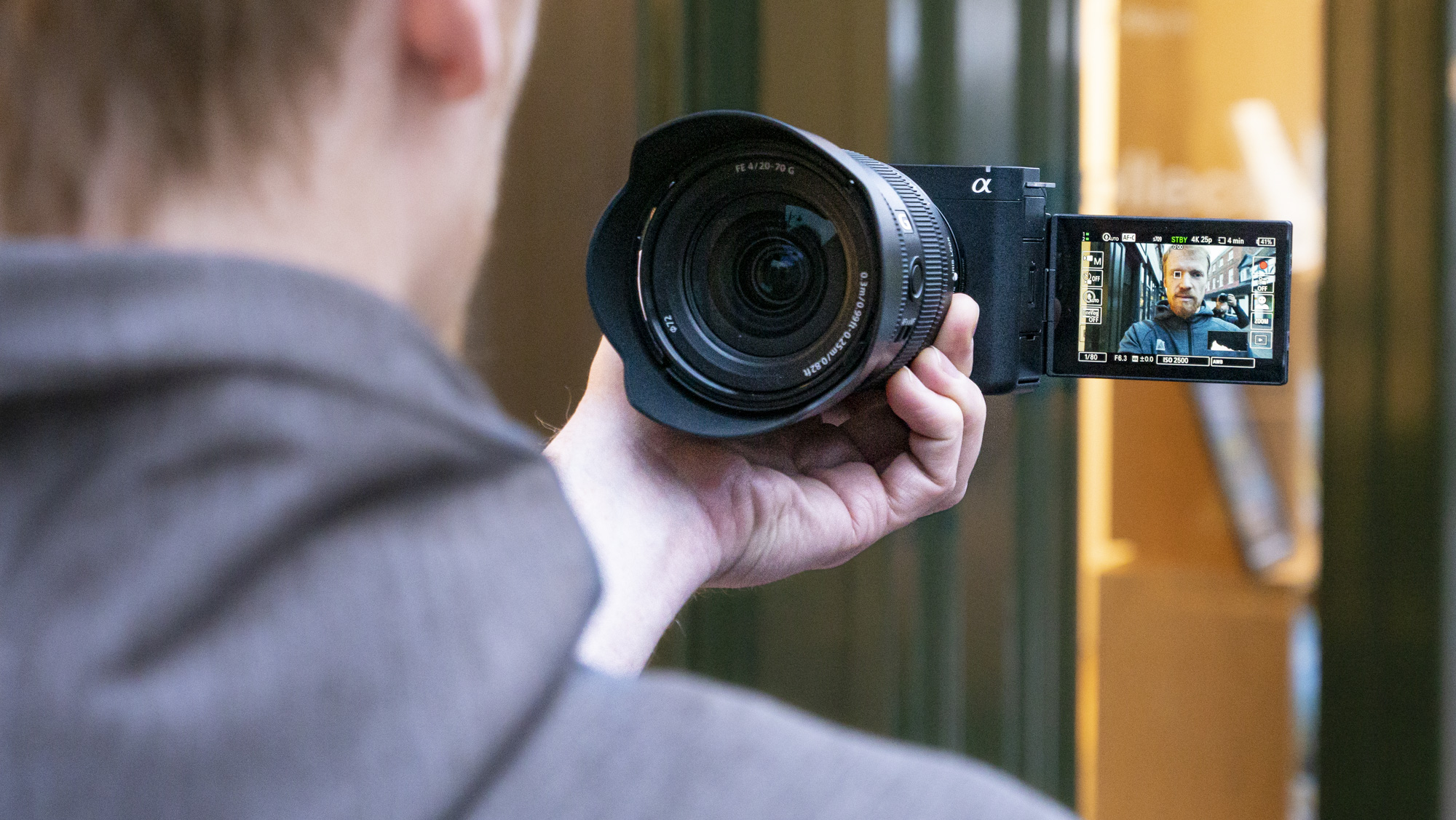
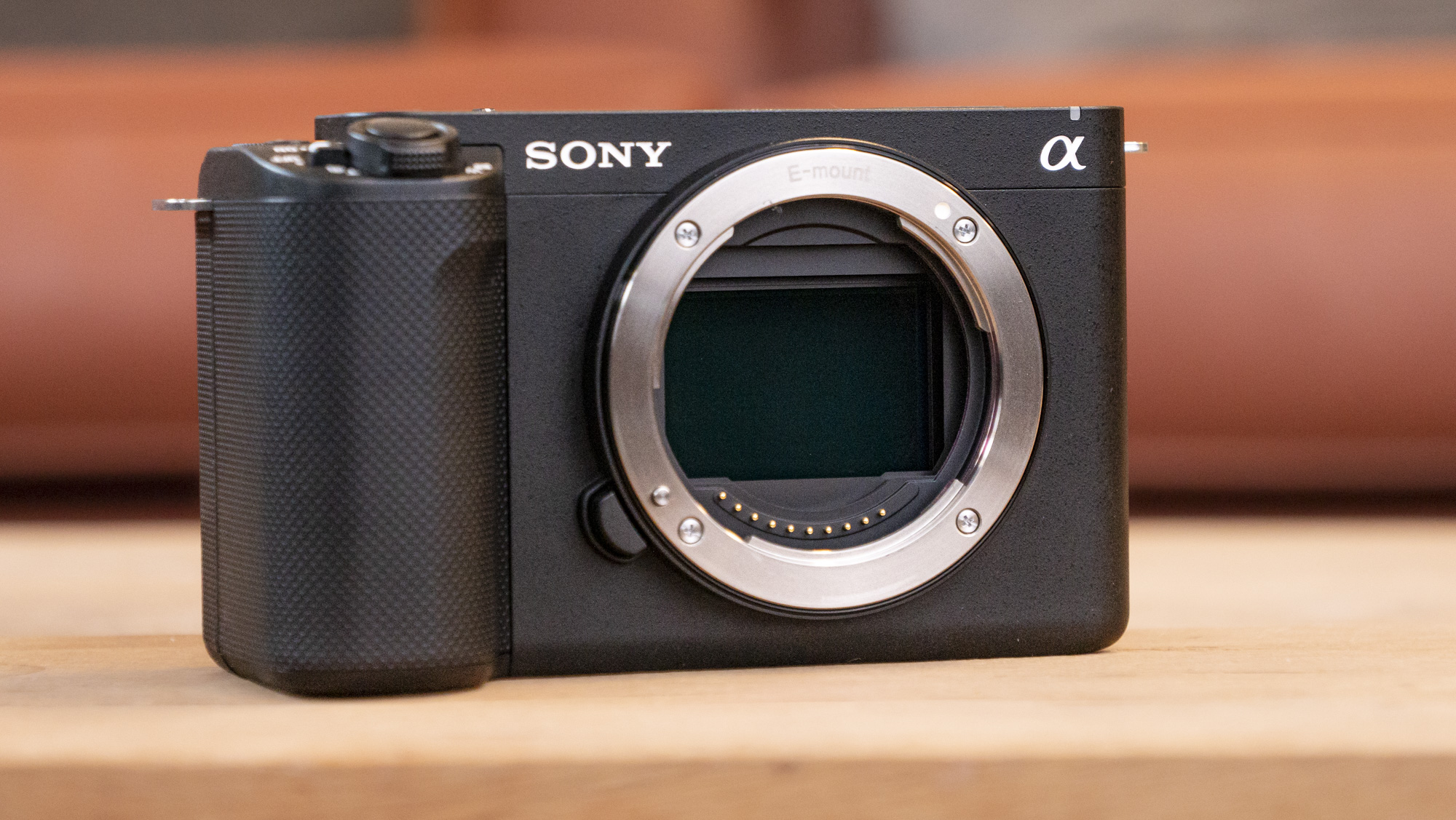
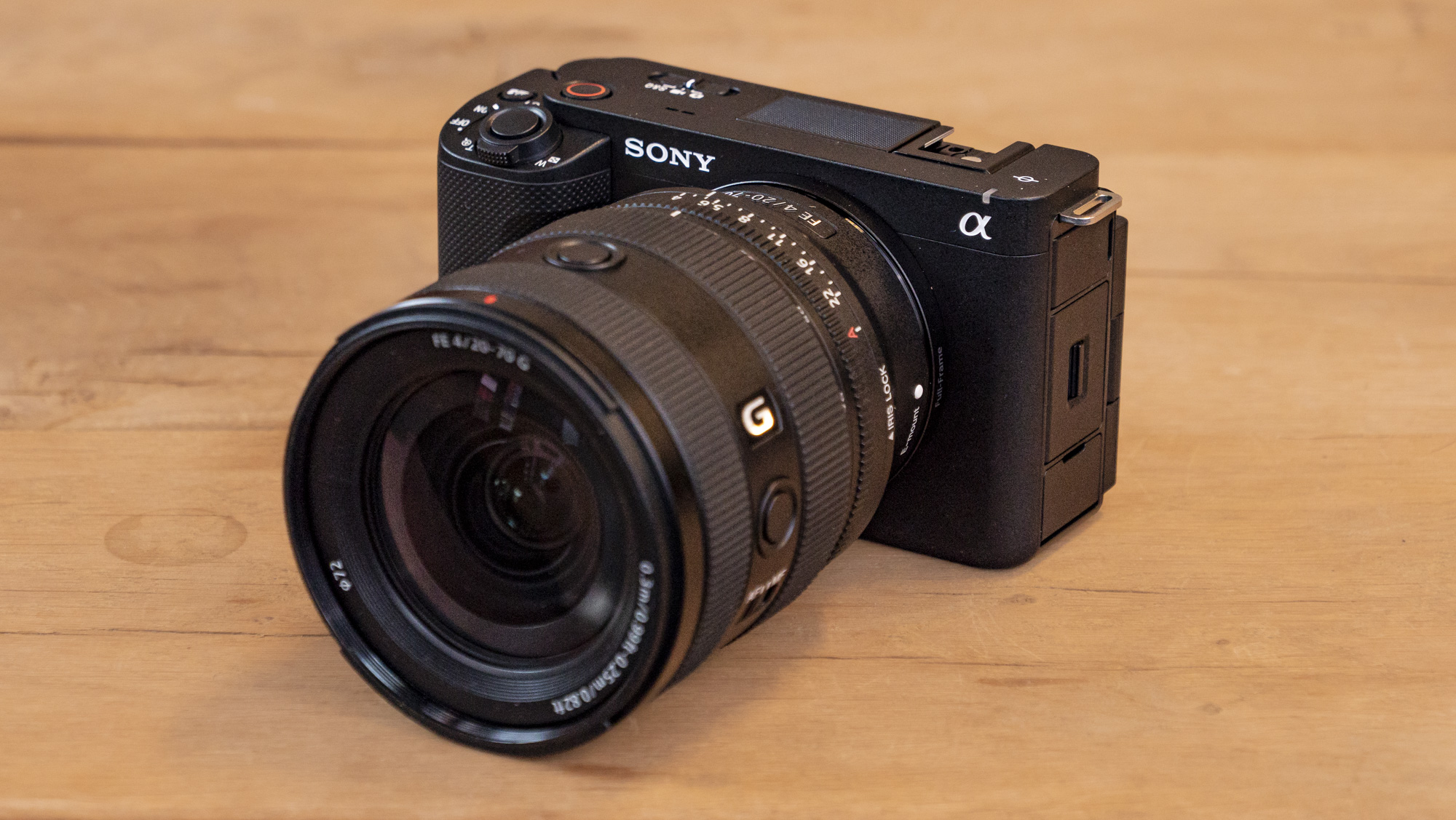
And let’s not forget that video-focused cameras like the ZV-E1 can also shoot some of the cleanest-looking still images around (12MP at up to 10fps here), with no limit on sequence length.
Looking beyond its market position and design, the ZV-E1 is now the cheapest way to acquire Sony's best consumer sensor for 4K video, the same sensor that’s found in the Sony FX3 cinema camera (which is around 40% more expensive) and the Sony A7S III (approximately 25% more expensive). Those two lightweight and powerful cameras are already very popular, and naturally I’m expecting to see the ZV-E1 crop up time and again on film sets, especially as a b-cam. I’ve seen it before with cameras marketed for vlogging and content creators – you can enjoy better bang for your buck, which is again the case with the ZV-E1.
The ZV-E1 is still Sony’s flagship ZV camera, and represents a significant outlay. You can still gain that all-important shallow depth of field with the crop-sensor ZV-E10 camera paired with a fast-aperture wide-angle prime lens like the Sony E 11mm F1.8, which is a more sensible option for casual content creators (and a whole lot cheaper).
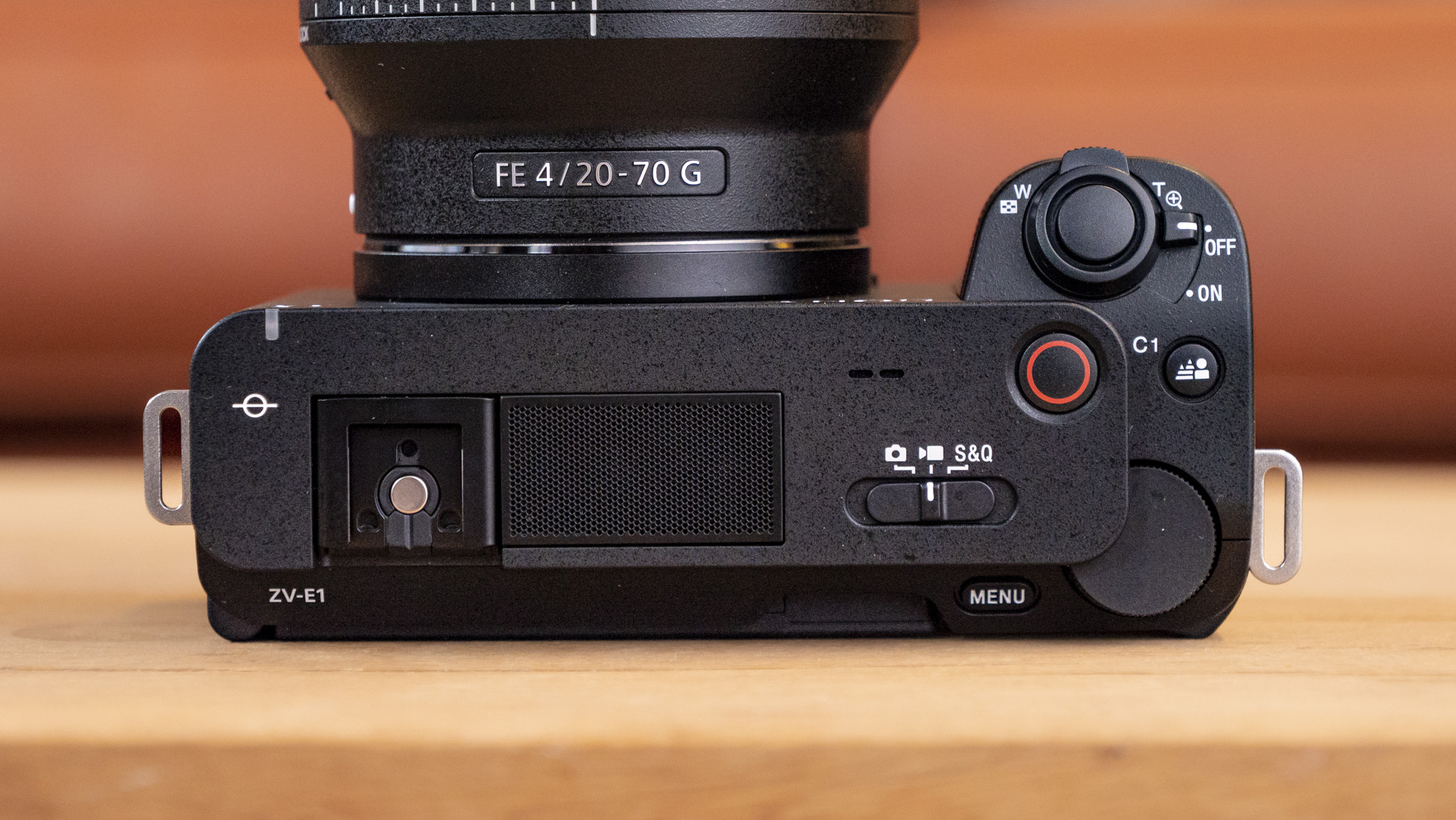
Like the photo-centric Sony A7C, the ZV-E1 can be perceived as doing many things very well, but not without sacrifice due in part to its diminutive size – it’s a powerful camera in a tiny package, but without the all-round durability that you get with pro-level cameras like the FX3.
For example, the FX3 is a better prospect for heavy users, offering dual card slots, raw video, cooling vents and unlimited record times. The ZV-E1 is not afforded those luxuries, though it can dual-record when an external monitor is connected via mini HDMI; plus, I know plenty of pro-filmmakers that don’t use a Sony FX3 beyond the capacity of what the ZV-E1 offers anyway.
Bringing assorted bits of existing Sony cameras of varying concepts together in one package makes the ZV-E1 a strong all-rounder. I believe it’s going to be a big hit, and in some surprising ways, not least of which (for Sony anyway) is its aggressive price point.
Sony ZV-E1: Price and release date
- Available body-only or with the 28-60mm lens
- Available April 2023
- Starts at $2,300 / £2,350 / AU$3,500 (approx)
A vlogging camera for $2,300 / £2,350 (about AU$3,500 – pricing for Australia is TBC) body-only or $2,600 / £2,600 (about AU$3,800) with Sony’s 28-60mm F4-5.6 lens might seem a little overkill, but the ZV-E1 offers impressive bang for your buck, especially when you consider the features it’s packing.
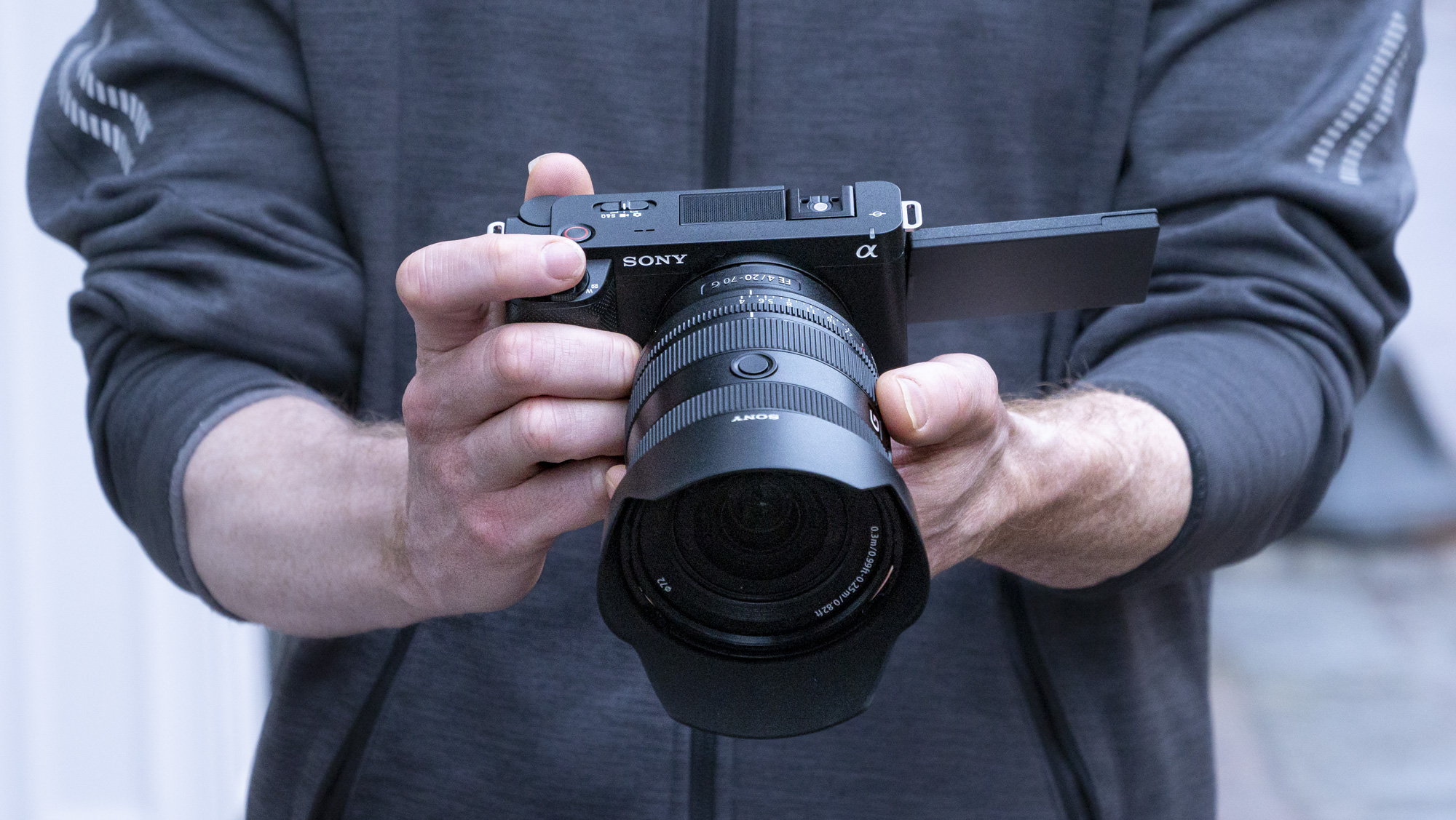
It’s the smallest full-frame camera with in-body stabilization; it’s the cheapest way to acquire Sony’s best sensor for 4K video, which is also found in cameras like the Sony FX3 that are way more expensive; and it throws in intriguing new features that point to a future where AI enhances workflow and speeds up the editing process. Sony isn’t usually known for offering good value, but the ZV-E1 is a commendable exception.
- Price score: 5/5
Sony ZV-E1: Specs
| Header Cell - Column 0 | Sony ZV-E1 |
|---|---|
| Sensor | 12MP BSI CMOS full-frame (36 x 24mm) |
| Video: | 4K/120p (limited to 4K/60p until firmware update in June 2023) |
| AF points: | 759-point phase detection array |
| LCD: | 3-inch, 1.037m-dot, vari-angle touchscreen |
| Viewfinder: | N/A |
| Memory cards: | Single SDXC / SDHC UHS-II |
| Connectivity: | Wi-Fi 5GHz, USB-C |
| Max burst: | 10fps |
| Size: | 121 x 71.9 x 54.3mm |
| Weight: | 483g (with battery and card) |
Sony ZV-E1 review: Design
- The smallest and lightest full-frame camera with in-body stabilization
- Fully functional flip-out touchscreen
- Benefits from a small lens
Cameras designed for vlogging should be easy to carry and operate, and the ZV-E1 hits the mark. It’s Sony’s smallest and lightest full-frame camera with in-body image stabilization, with a similar form factor to the Sony A7C, which includes a decent grip and a plastic but durable body. There’s also the dumbed-down button layout of other Sony ZV cameras, which includes a defocus button and photo/ video/ S&Q mode switch.
I only tried the ZV-E1 with the new 20-70mm F4 lens during testing. It’s a versatile lens that performed really well for video in my tests, although I found it a tad big for such a small camera – it obstructed a large part of the flip-out screen from my view when doing video selfies.
Most full-frame lenses will feel a tad big on the ZV-E1, but if I was buying the ZV-E1 for vlogging I’d look to pick up the 16-35mm F4 G lens rather than the 20-70mm F4, as it’s a good 20% shorter and 25% lighter (or a fast wide-angle prime like the 20mm F1.8). Another point in the 16-35mm’s favor is that its wider angle focal length provides extra breathing space that’s especially useful for run-and-gun filming with image stabilization turned on (I’ll unpack image area crops later).
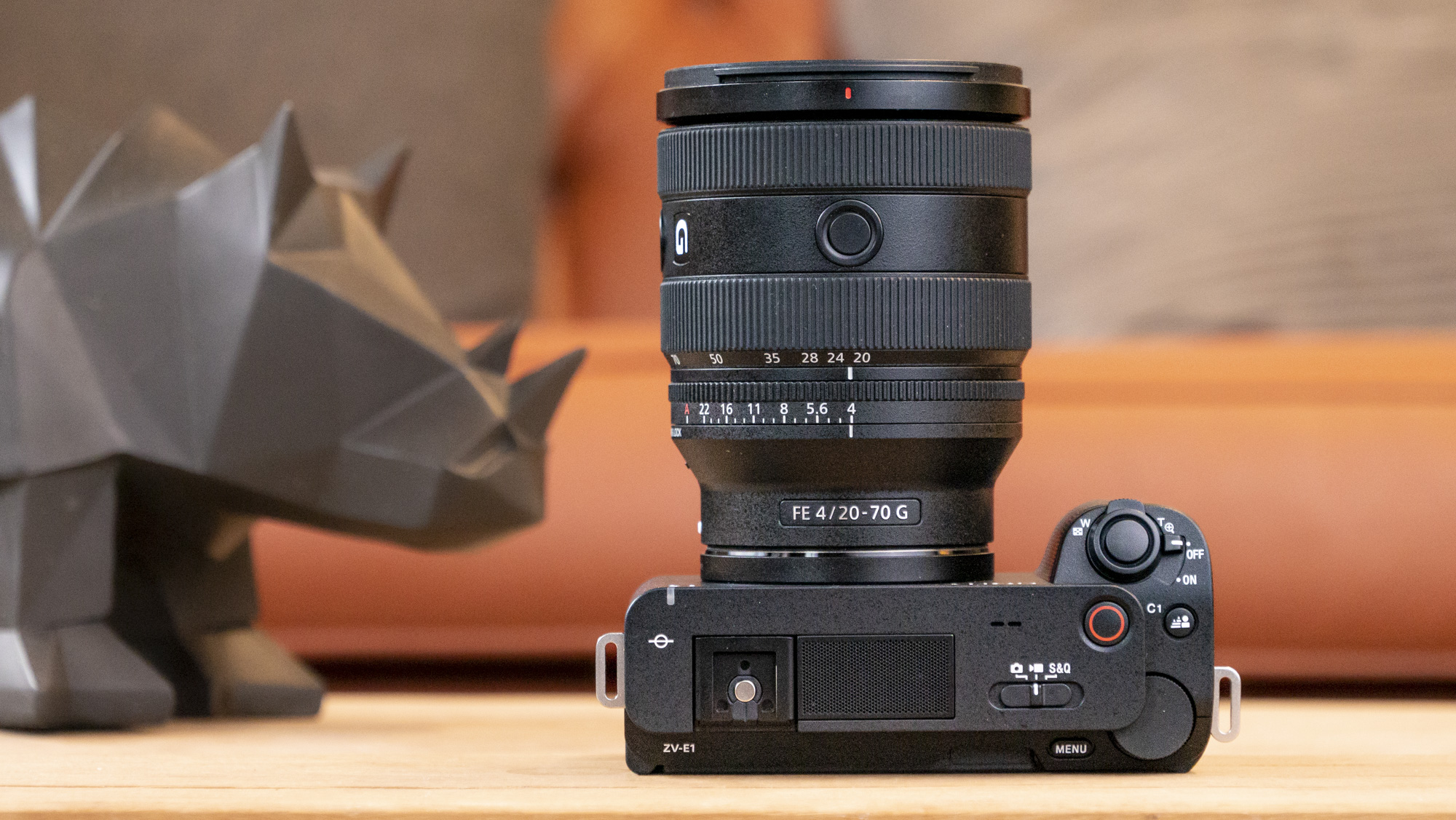
Arguably, the APS-C format ZV-E10 makes more sense for on-the-go content creators, not least because it’s a quarter of the price and even smaller, and also because lenses like the 11mm F1.8 are much smaller, lighter and, again, cheaper. You won’t get quite the same image and video quality, and no 4K 60p, but the ZV-E10’s image quality is still a significant cut above that of smartphones.
As this is a video-centric camera there’s no viewfinder on the ZV-E1 – it’s one of the things that helps to keep it so small – and the 3-inch vari-angle touch screen is a tad underwhelming. You have to lean in close for a clear view of the screen, and even in cloudy weather I found it a challenge to register the red box around the screen that indicates recording is in progress (the tiny tally lamp is brighter); for me it’s the number one reason to pick up an external monitor for the ZV-E1.
Thankfully, the LCD screen offers full touch function, which can’t be said for the ZV-E10, and because there are only a few external controls you will use the touch screen a lot. You can now select exposure settings by touch, and swipe in and out of the main menu options for a clean view of the live image.
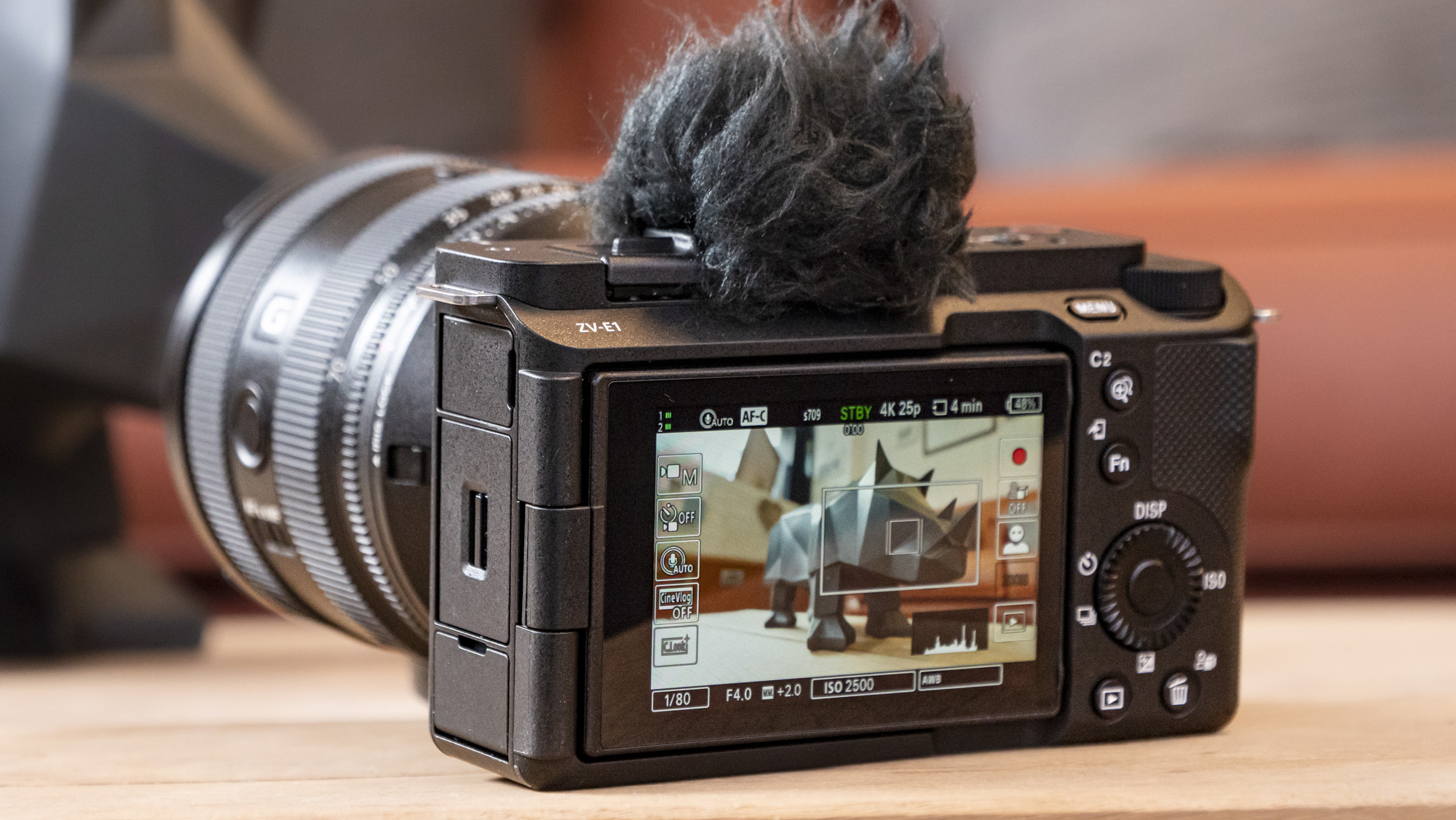
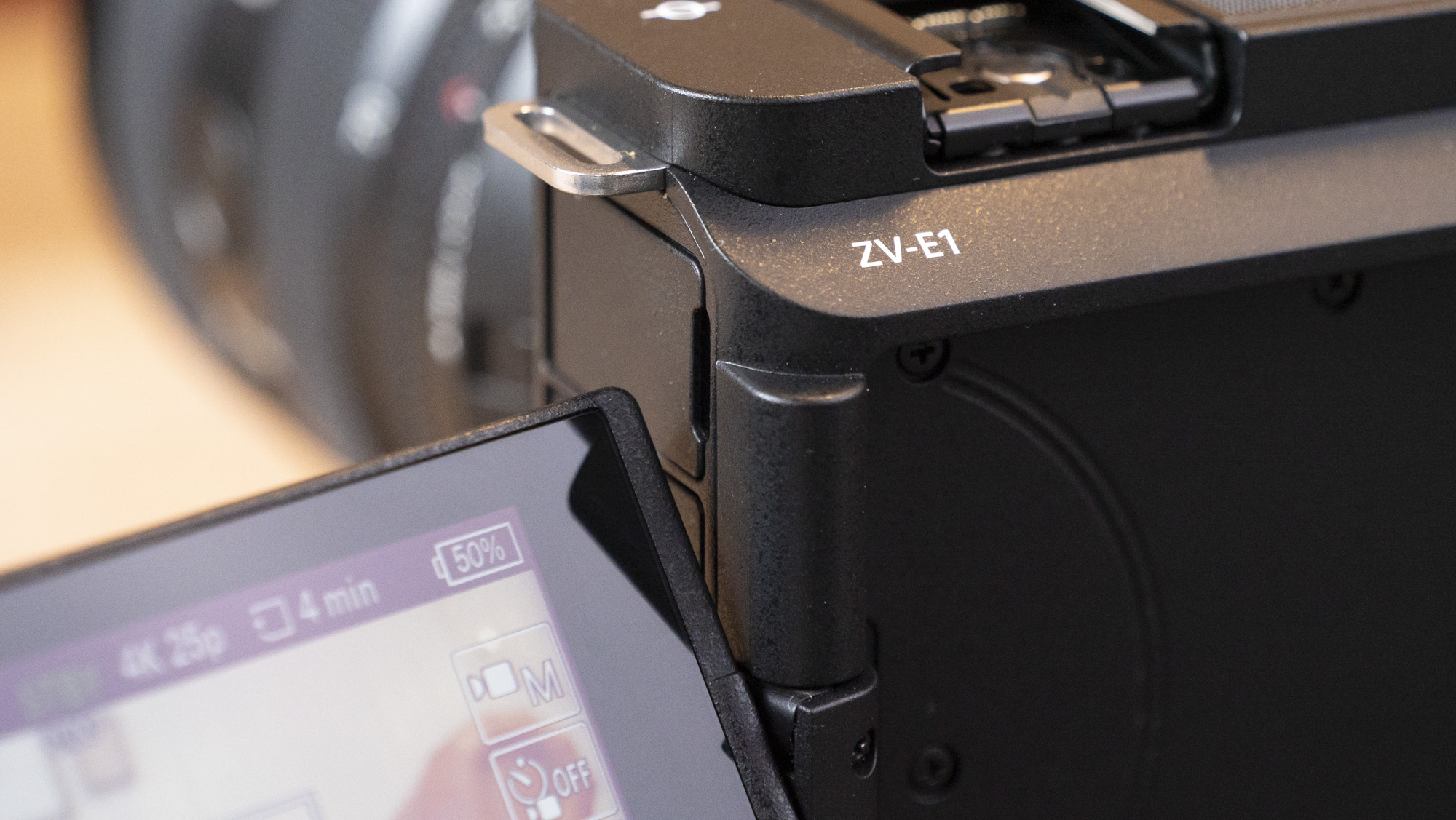
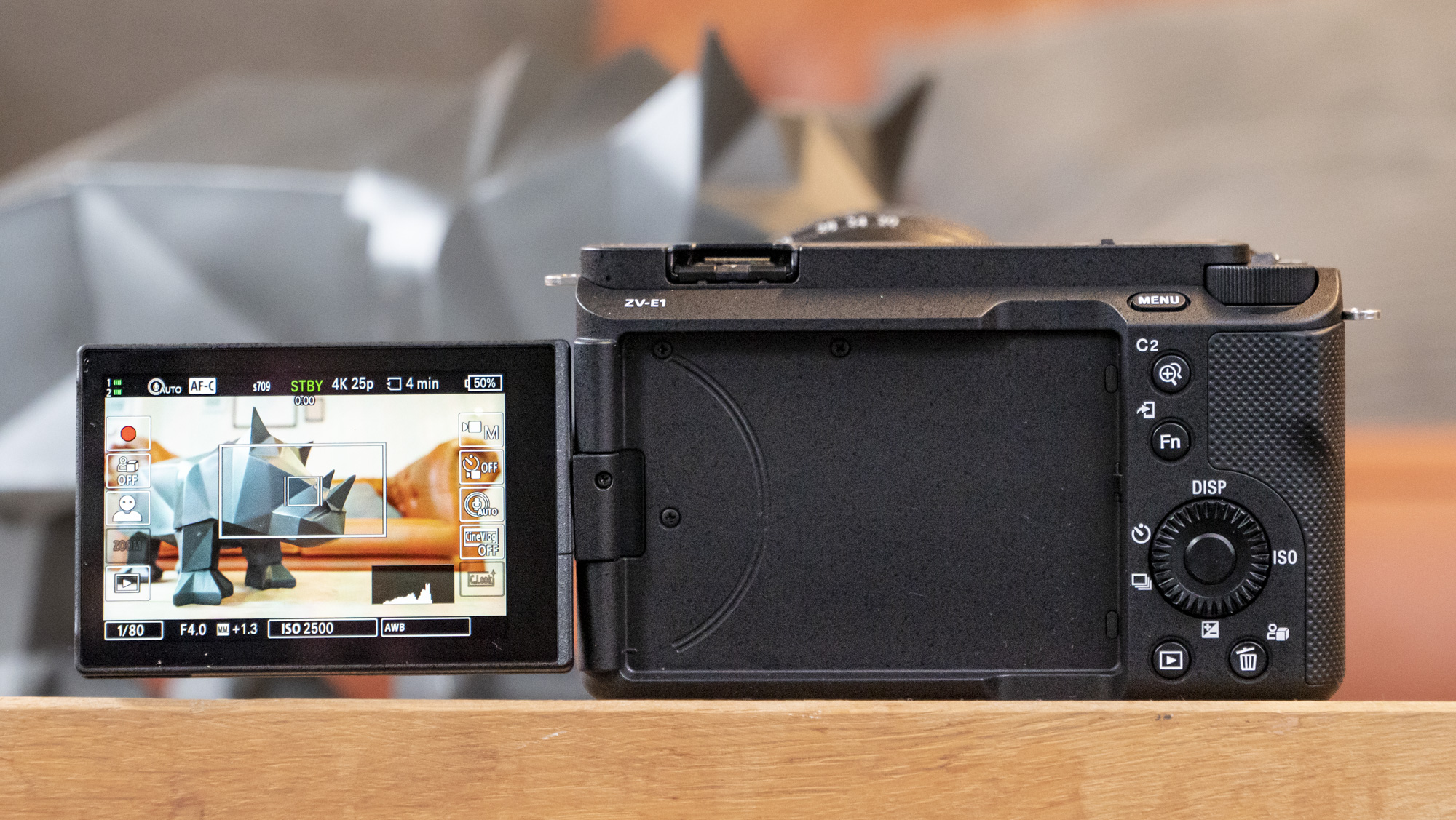
Elsewhere, there’s a built-in intelligent mic that can prioritize rear or front audio, or can simply be left in auto mode (which is what I would do most of the time). The mic design covers multiple scenarios: selfie shooting, conversation between camera operator and subject, and ambient audio.
A zoom rocker controls Clear Image Zoom, which can digitally extend the lens focal length up to 1.5x for 4K video or 2x for Full HD video without a perceivable loss in detail quality – believe me, it’s a handy tool at a pinch for getting in closer.
I like the rigid design of the port doors, which stay open and out of the way, rather than flexible doors that flap around, and which, annoyingly, you need to move out of the way every time you plug something in. The three doors reveal a single SD card slot, mic input and headphone jack, a mini HDMI for connecting an external monitor, and a USB-C port via which the camera is charged.
- Design score: 4/5
Sony ZV-E1 review: Features & performance
- Useful AI-powered modes
- Super-responsive autofocus for video and photo
- Same battery as other high-performance cameras
Sony often blazes the innovation trail, and there’s much to be said about the compelling features and powerful performance of the ZV-E1.
I tested the camera with Pete, a filmmaking colleague who uses the Sony FX3 and FX6 cinema cameras every day for video commissions, and we’ll share our experience and thoughts on the ZV-E1’s AI-powered features in depth in a separate article.
Suffice to say, the AI modes sparked our collective curiosity, and some skepticism, and we took each feature for a spin. Auto Framing is perhaps the smartest of the lot. It offers three different-sized crops into the full image area: small, medium and large. The camera then seemingly follows a tracked subject as they move about within the full image frame.
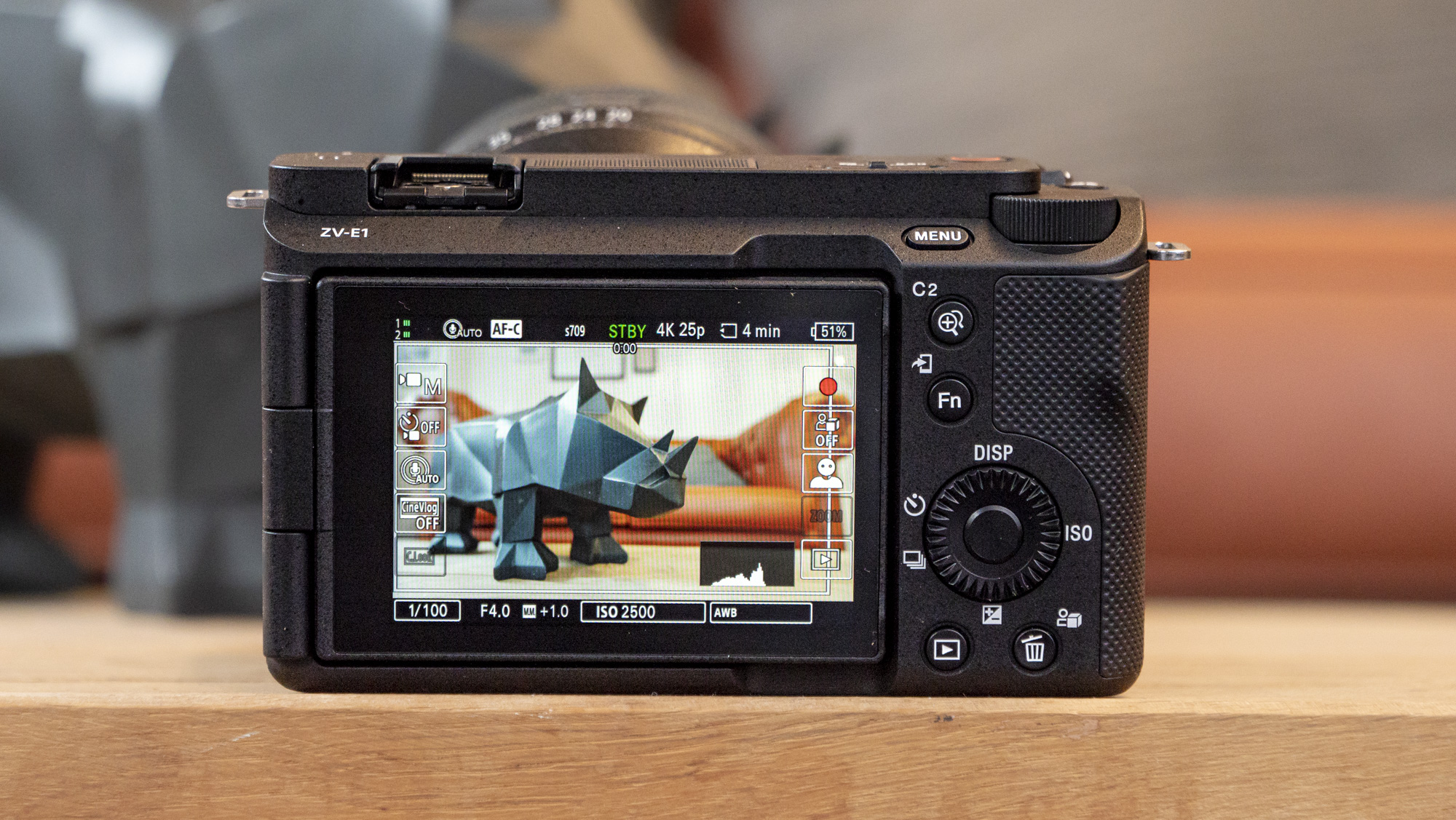
What you get as a result is the perception of a human-operated camera following a subject, even though the camera is static. The effect feels genuine, although it is fallible. Relying on subject recognition it proved to be less reliable in low-light scenarios, but outdoors it was virtually flawless.
One thing we’d like to see is the Auto Framing crop appearing as an overlay on the full-frame image, which would help the camera operator direct their subject by giving them the parameters of where they can move to stay in the frame.
Sony is also renowned for excellent autofocus, and the ZV-E1 boasts the same AI-chipset as the A7R V, which offers some of the best focus-tracking performance I’ve ever seen. Subject tracking worked a treat for a range of scenarios – I shot videos and photos of dogs and birds, plus for another example with me as the subject, with my back turned to Pete, who was operating the camera and walking behind me.
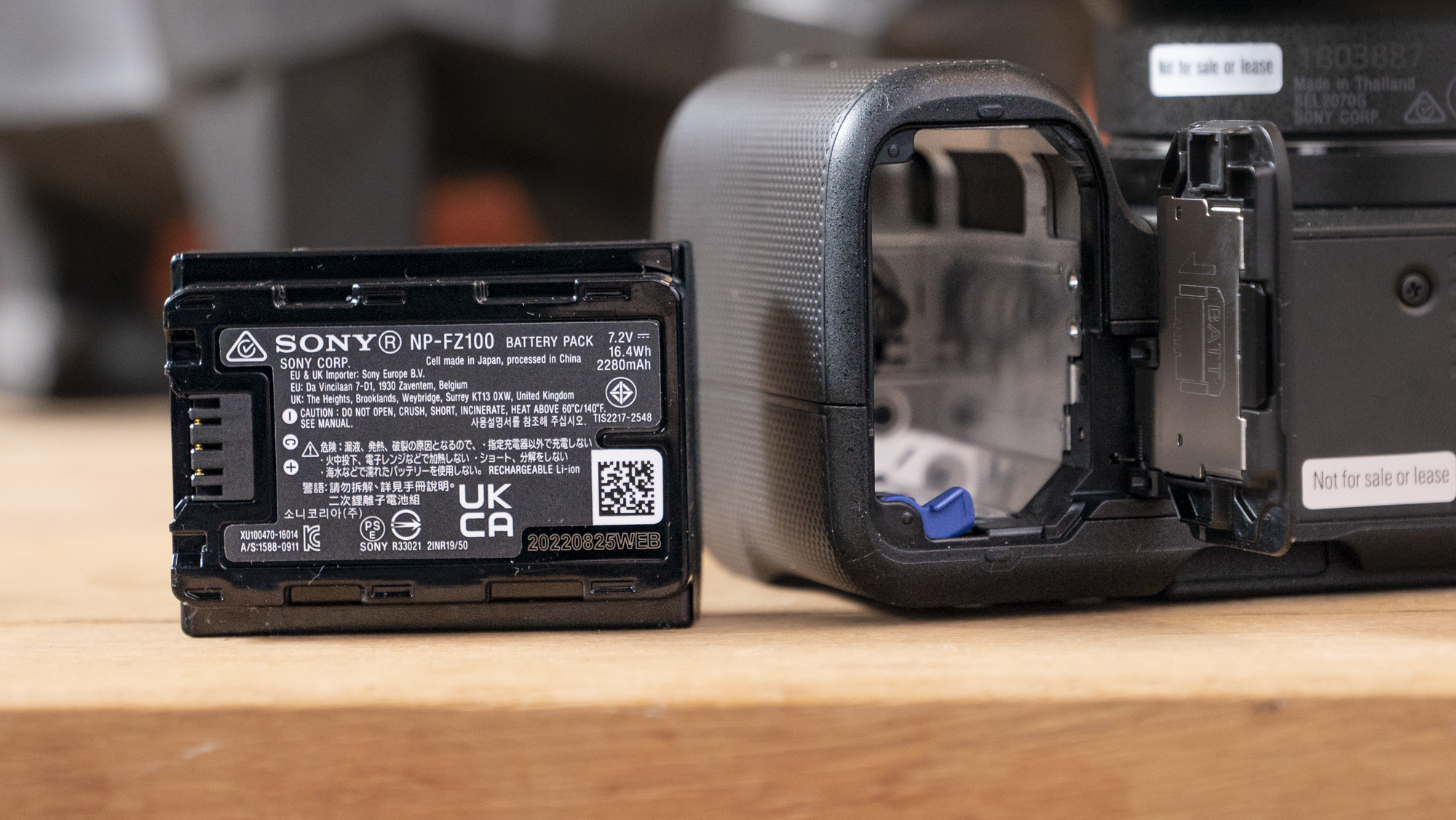
Image stabilization is an important feature to have for run-and-gun filmmakers who want smooth footage without the need for a gimbal. Going a step further than Active stabilization is Dynamic stabilization, which proved particularly effective with the 20-70mm lens at its wide angle setting, but jittery when zoomed in nearer to 70mm. In-body stabilization, even in the Dynamic mode, does not replace a gimbal, but with a steady hand and moderate movement, you should be happy enough.
If you ever need to switch to shooting stills, the ZV-E1 is very capable here too, even for action photography. Its continuous shooting mode is identical to the A7S III’s, with a max burst of 10fps for what is essentially an unlimited number of frames, backed up by supremely powerful autofocus.
Those looking to livestream their productions are well supported too, with 4K 30p and HD 60p output leading the way to make this one of the best youtube cameras.
After filming for a decent amount of time, Pete and I were really impressed by the ZV-E1’s battery life, from what is the same FZ-100 battery as used in the FX3 and A7S III. You’ll get plenty of minutes under your belt from a single charge – Sony quotes up to 85 minutes.
- Features and performance score: 5/5
Image and video quality
- Crisp-looking photos fine for modest-size viewing
- Sony’s best-quality 4K video
- S-Cinetone color profile looks great out of the camera
There’s not a lot to be said about image and video quality that hasn’t already been revealed in our Sony A7S III review. The ZV-E1 shares the same 12MP full-frame sensor, which delivers clean-looking stills with impressively wide dynamic range, even in low light. In 2023, it’s a modest resolution, but if you don’t print or view big it’s plenty enough – and the quality of those pixels is outstanding.
You also get the same excellent 4K video quality, with dual native ISO 640 and ISO 12,800, low noise, and the ability to load your own LUT profile.

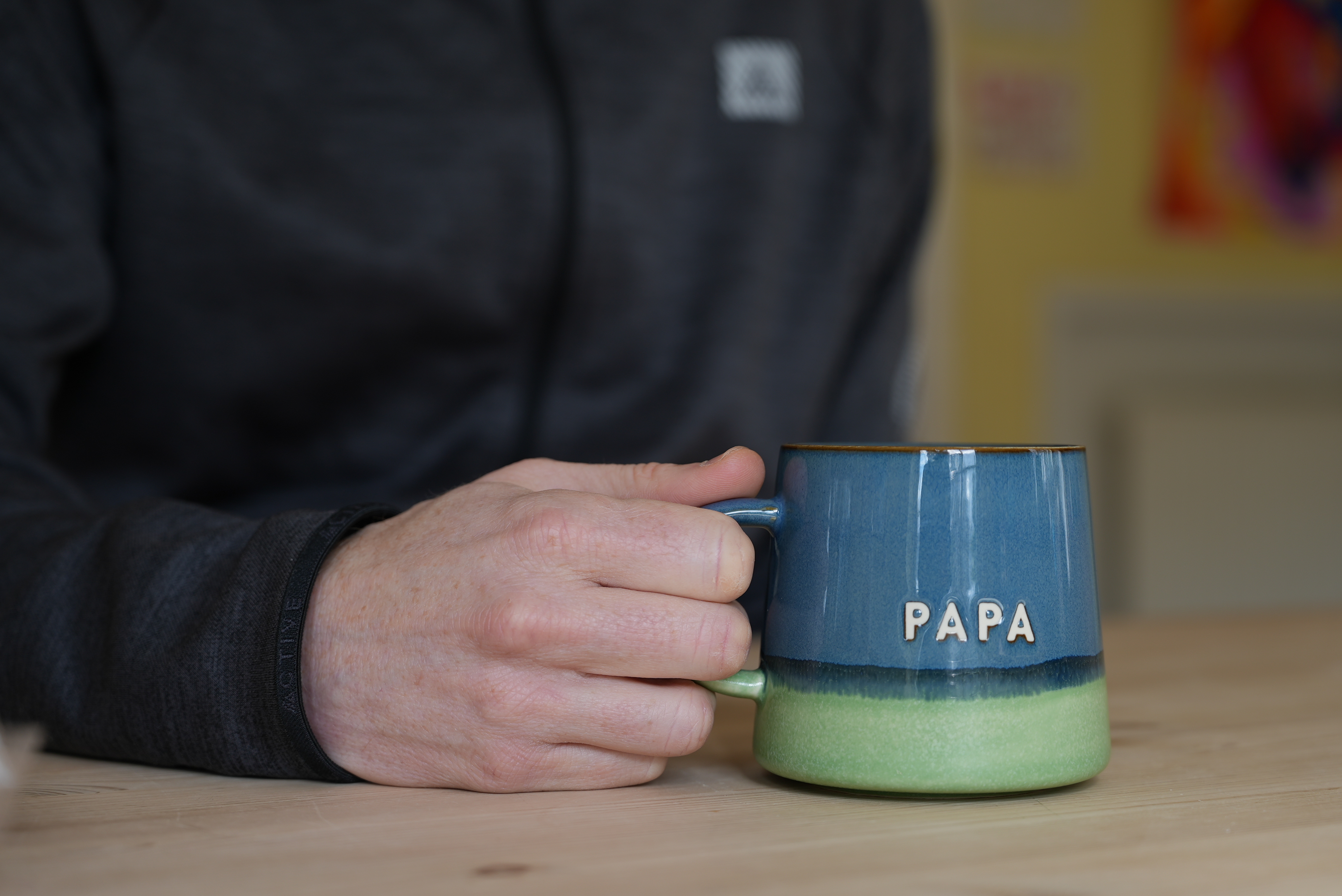
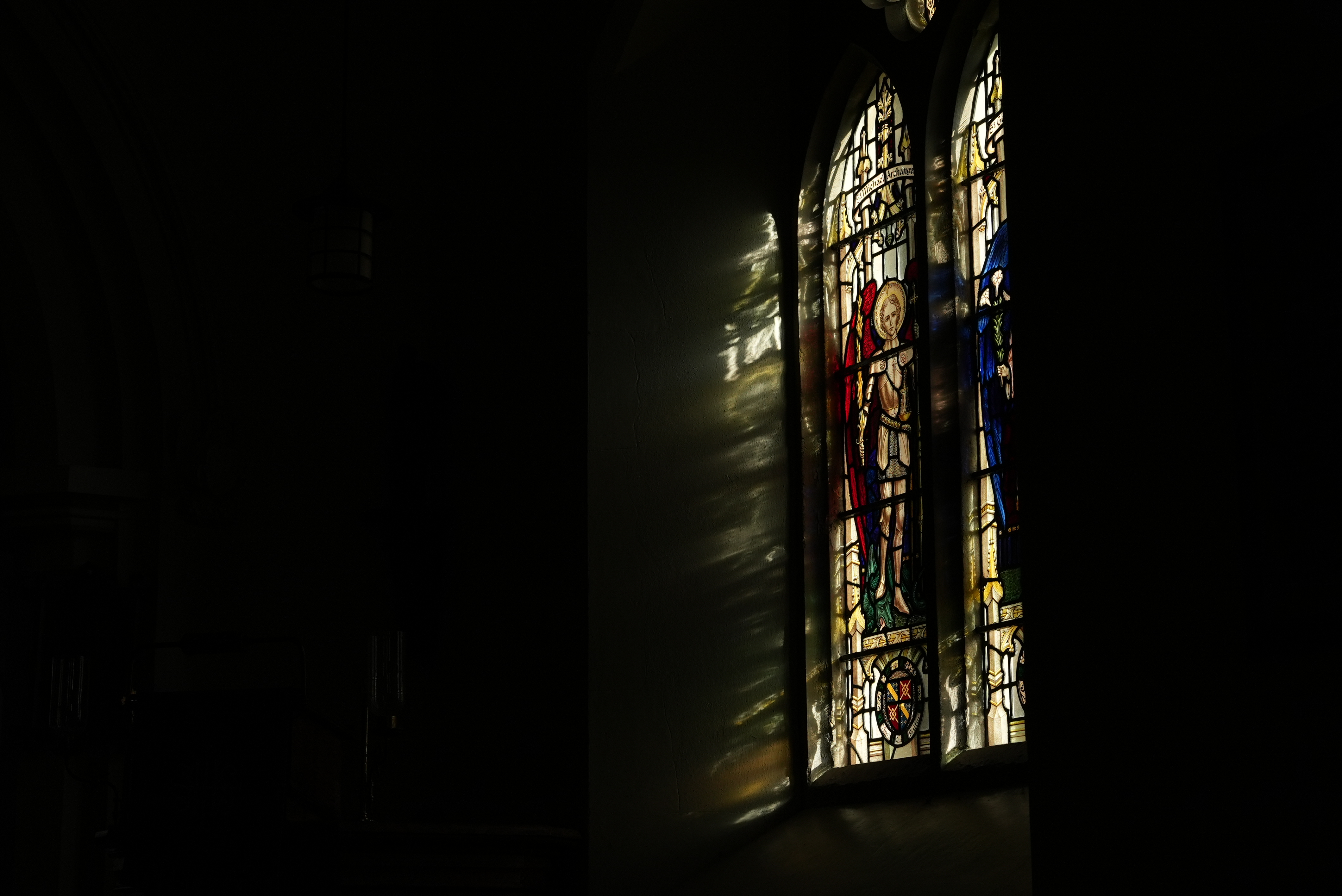

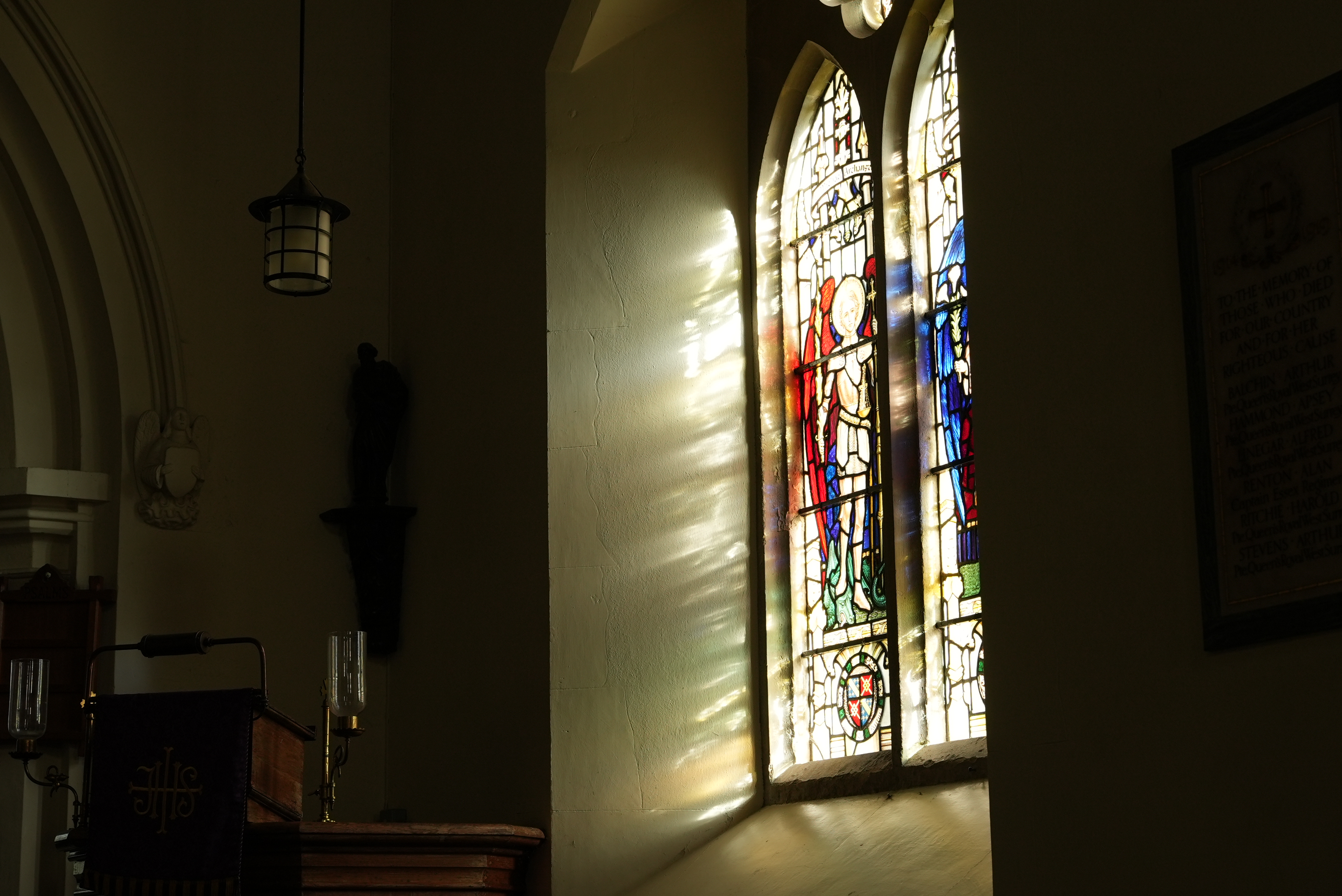
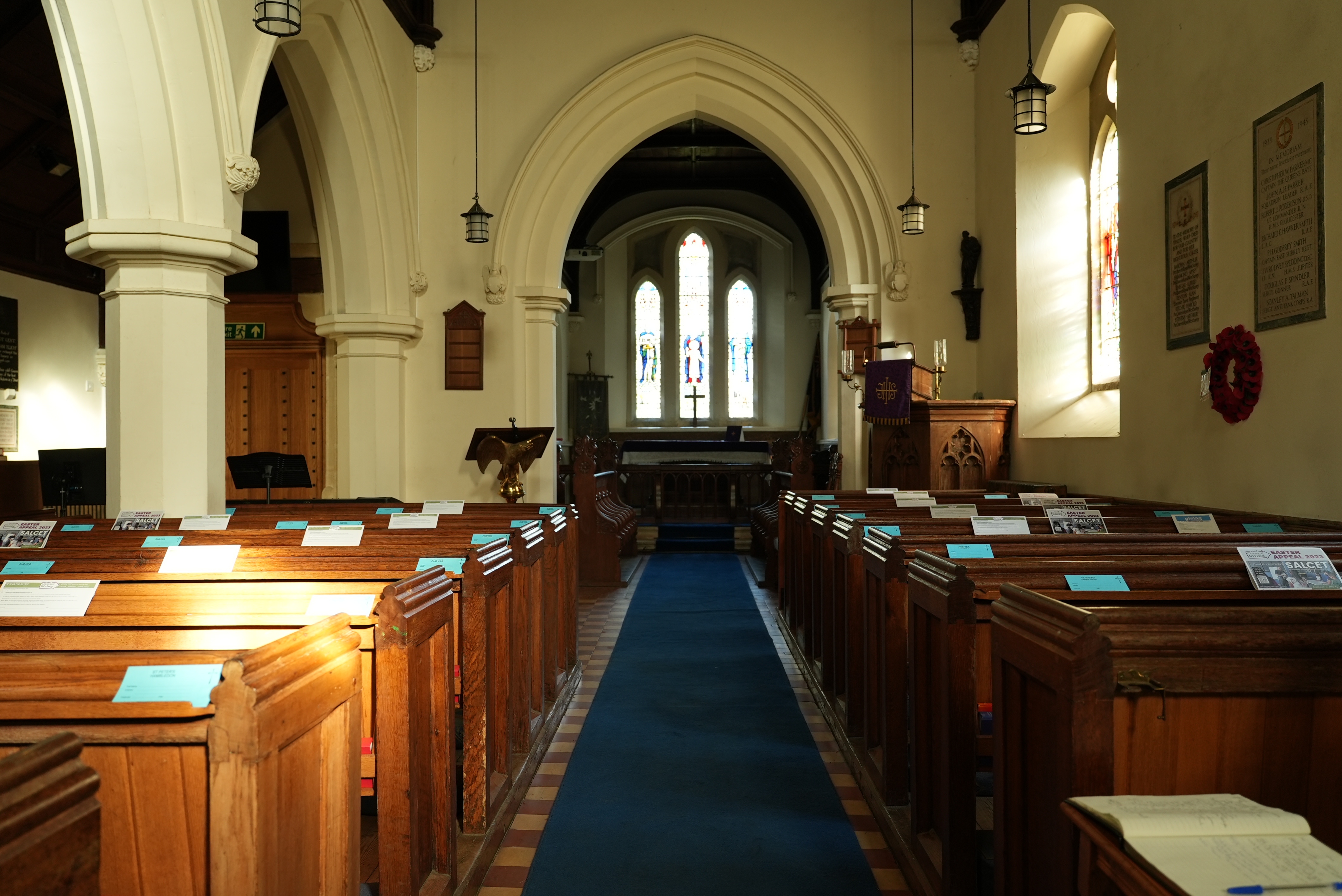
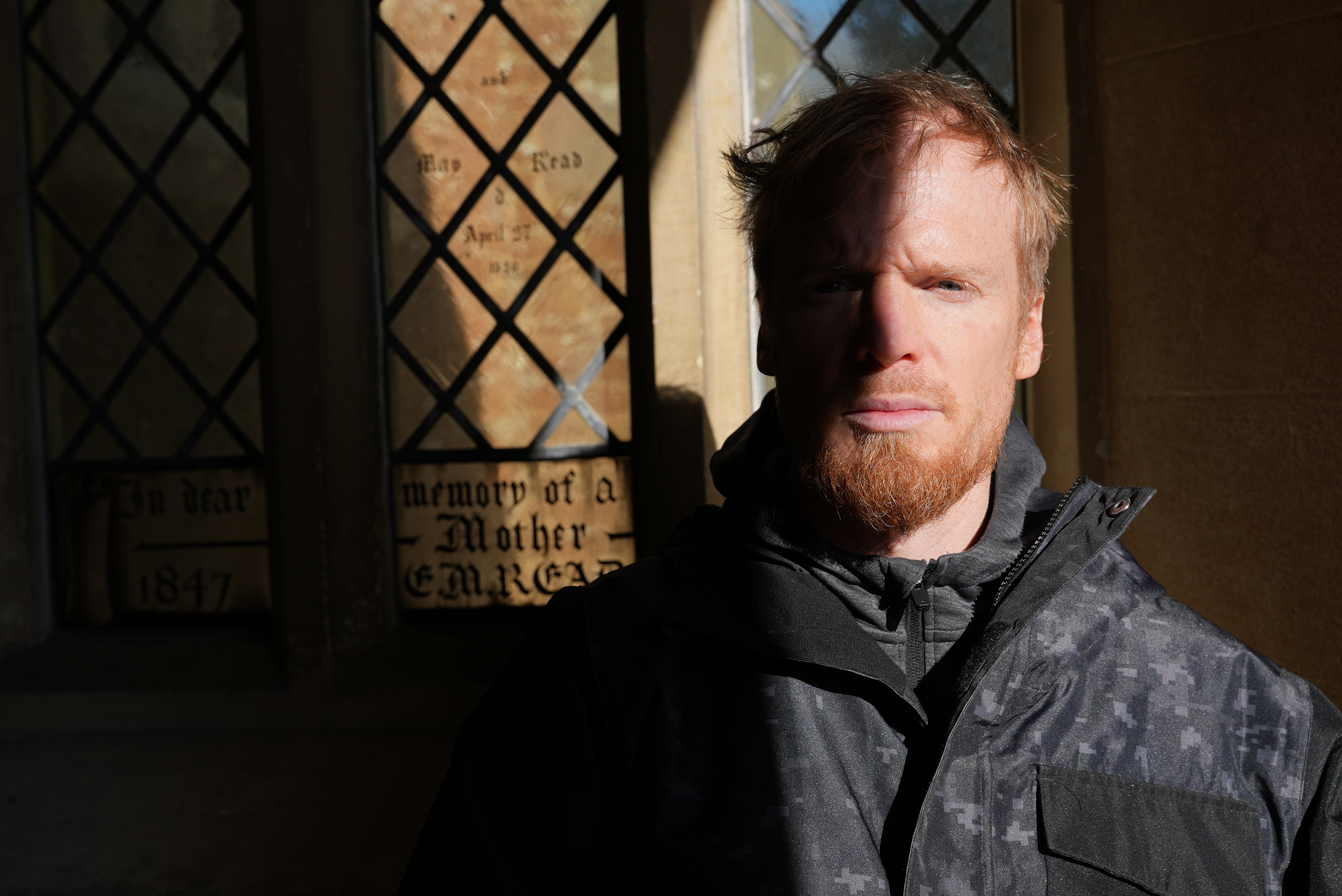

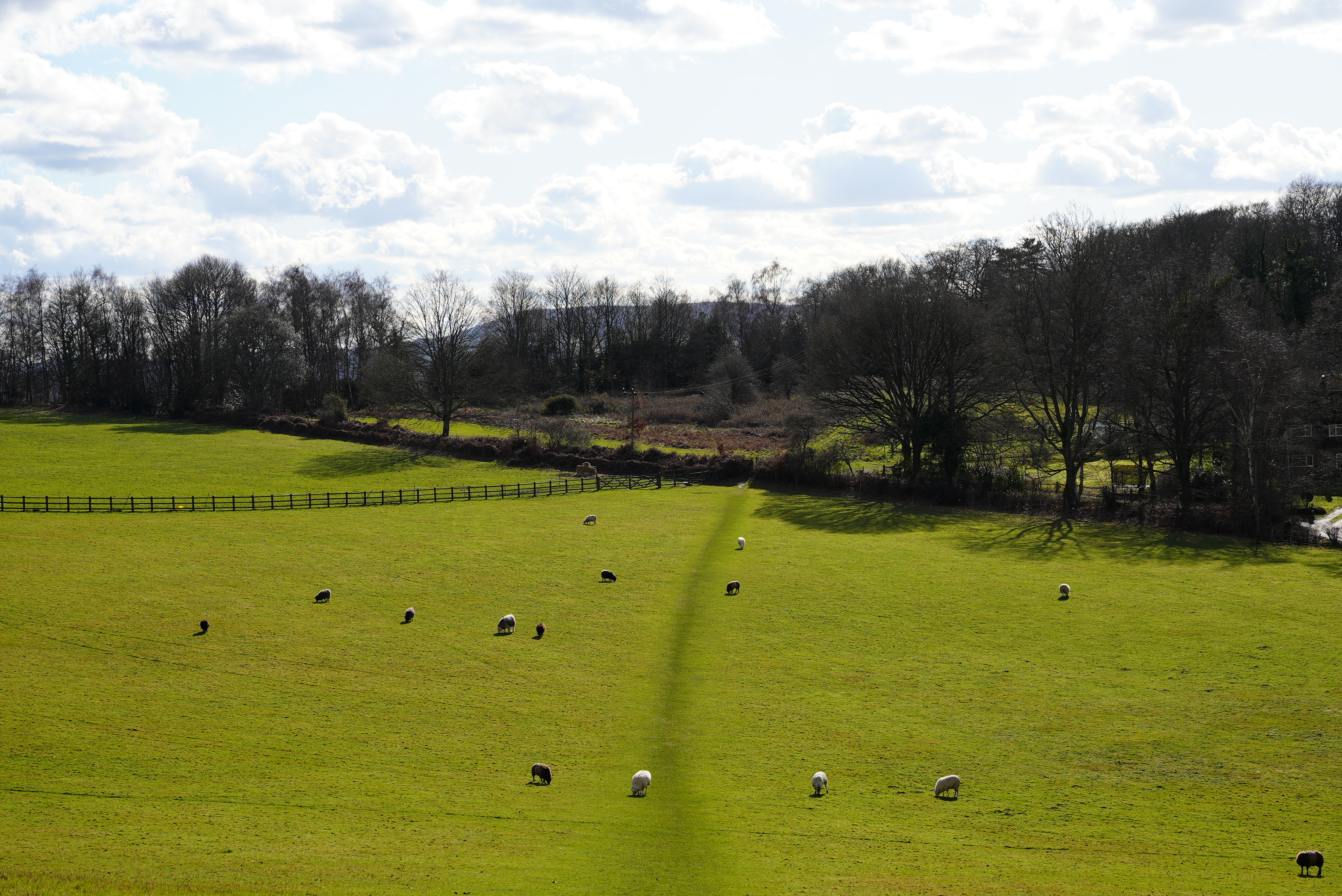
So, surely Sony is shooting itself in the foot by offering this same sensor in a camera that costs a whole lot less than the A7S III and FX3? Well, those two cameras offer a little extra, namely raw video – something the ZV-E1 can’t do at all – and they shoot 4K 120p All-intra video. At launch, the ZV-E1 shoots 4K 60p, while 120p will be introduced via a firmware update scheduled for June 2023, albeit in long-gop format only.
Frankly, I don’t know a lot of filmmakers who would choose to shoot in raw format, which is particularly data-heavy, unless a client demands it. If you can get the exposure right in the first place, you’ll save yourself a lot of hard drive space by shooting compressed video instead.
Where the ZV-E1 is limited in 2023 is its 4K resolution, which is bettered by competing cameras like the Panasonic Lumix S5 II, which shoots 6K – and surely it can’t be too long before we see 8K video in a camera at around this price point.
I shot a bunch of video in log profile, but I actually rather like the S-cinetone profile, which is an already graded color profile that looks great off-the-bat, especially if the exposure is spot on. There’s also a Cine Vlog setting in the main menu that auto-selects a 2:35:1 aspect, 24p and a choice of six different baked-in preset looks; if you want to skip grading it’s worth exploring, but I personally didn’t find a look that I loved.
- Image and video quality score: 4/5
Should you buy the Sony ZV-E1?

Buy it if...
You’re a solo content creator
Small, light, and equipped with smart AI-tech, the ZV-E1 is the ultimate camera for content creators who operate solo or with limited means, yet want a high-quality output.
You want a quick video turnaround
When they work, the AI-powered tools such as Auto Framing and Frame Stabilizer get you videos straight out of the camera that need very little work in post. And with a Cine Vlog setting to boot, you may just be happy enough with the look that comes out of the camera, too.
You want decent 4K video in any light
Three years after its release, you’ll still struggle to find a more capable 4K video camera in any light than the Sony A7S III, and the ZV-E1 inherits the same tech in what is a relatively low-cost package.
Don't buy it if...
You don’t shoot slow motion
Unless you want to shoot half-speed 4K video or super-slow-motion HD video a lot, then the Sony ZV-E10 could be a better choice with its 4K 30p video recording.
You’re a heavy user
The ZV-E1 sure does pack the features, but if you’re after a rugged camera that lasts the distance, cameras like the FX3 or A7S III are better options – both feature cooling vents, unlimited record times and dual card slots.
You need a robust camera
The ZV-E1 itself feels robust enough, but it’s made out of recycled plastics, whereas the FX3 and A7S III are both made out of tougher materials that will stand up better to heavier use.
| Attributes | Notes | Rating |
|---|---|---|
| Price | Cheapest way to get Sony’s best sensor for 4K video | 5 / 5 |
| Design | Small, light and simple | 4 / 5 |
| Performance | Headline features are welcome | 5 / 5 |
| Image quality | 4K video quality has stood the test of time, and photos are clean too | 4 / 5 |
Sony ZV-E1 review: Also consider
If our Sony ZV-E1 review has you considering other options, here are three more cameras to consider...
Sony FX3
The Sony ZV-E1 is sprinkled with Sony cine camera magic, boasting the same full-frame image sensor, 4K video shooting modes (most of them), menu system and Z-battery as the FX3, a popular camera that’s a good 25% more expensive. It also features neat AI-powered modes that can make your editing life that much easier. The FX3 is better for heavier users, though, with unlimited record times, cooling vents, twin card slots, and raw video.
Read our in-depth Sony FX3 vs Sony A7S III comparison
Sony ZV-E10
It says something about the Sony ZV-E1 that it can be considered against two such different cameras, and the Sony ZV-E10 comes into the picture for those that might not need full-frame. The latter’s APS-C sensor can still provide shallow depth, and Sony has made some decent wide-angle, fast-aperture prime lenses for this sensor format that are particularly well suited for content creators. You’ll save an absolute packet too, because the ZV-E10 is around a fifth of the cost.
Read our in-depth Sony ZV-E10 review
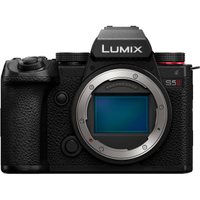
Panasonic Lumix S5 II
For a similar price, the Panasonic Lumix S5 II is a solid alternative for video makers, boasting higher-resolution 6K 30p video, although its 4K video is more limited. It’s also a larger camera, with a similar design to the A7S III, including a viewfinder. It’s arguably even better value than the ZV-E1.
How I tested the Sony ZV-E1
As it’s a video-centric camera, I tested the Sony ZV-E1 with a filmmaking colleague Pete Sheath, who uses the Sony FX3 cine camera every day for video work. Together we tried out the ZV-E1 alongside the Sony FX3, and compared the two cameras in use mostly around single-person content creation, including run-and-gun filming.
We took a particular interest in the new AI-powered modes, including auto tracking, dynamic image stabilization, and what we would call racked-aperture, plus the new Cine Vlog setting, which can automatically set various video parameters, including aspect ratio and color profile. I’ve checked just how effective the new AI-powered modes are in the videos we shot.
When it comes to image quality, the ZV-E1, FX3 and indeed A7S III cameras have the same 12MP full-frame image sensor, and most of the same video profiles, including S-Cinetone, so this is a known quantity to a large degree.
First reviewed April 2023

Tim is the Cameras editor at TechRadar. He has enjoyed more than 15 years in the photo video industry with most of those in the world of tech journalism. During his time as Deputy Technical Editor with Amateur Photographer, as a freelancer and consequently editor at Tech Radar, Tim has developed a deeply technical knowledge and practical experience with cameras, educating others through news, reviews and features. He’s also worked in video production for Studio 44 with clients including Canon, and volunteers his spare time to consult a non-profit, diverse stories team based in Nairobi. Tim is curious, a keen creative, avid footballer and runner, and moderate flat white drinker who has lived in Kenya and believes we have much to enjoy and learn from each other.
